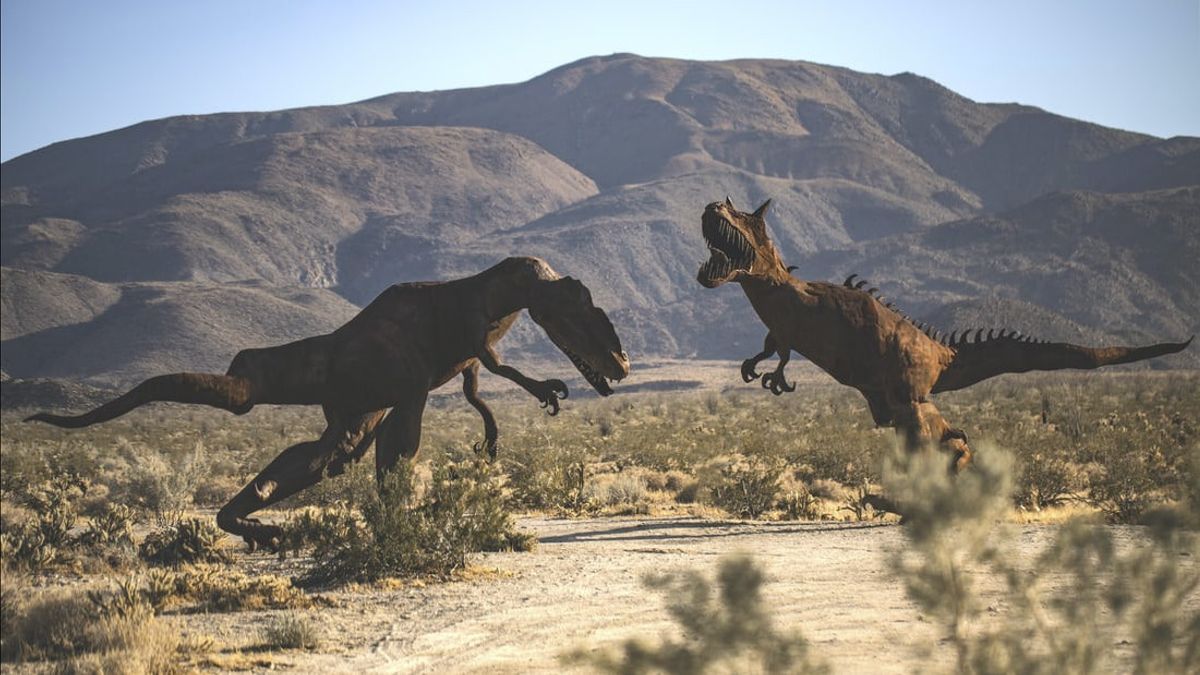JAKARTA - Fossils belonging to the largest land hunter dinosaur in Europe and measuring more than 10 meters, have been found on the island of the Isle of Wight, England.
Dubbed the Spinosaurid White Rock dinosaur, it is thought to have lived 125 million years ago, and as a two-legged animal with the face of a crocodile.
The prehistoric bone findings have been analyzed by scientists from the University of Southampton. Spinosaurids would have lived at the beginning of a period of sea level rise and stalked the waters of lagoons and sand plains in search of food.

"This was a huge animal, exceeding 10m (32.8 ft) in length and possibly several tons in weight. Judging from several dimensions, it appears to represent one of the largest predatory dinosaurs ever found in Europe, perhaps even the largest known," said the student. PhD University of Southampton, Chris Barker.
"Unfortunately only known from a small amount of matter, but this is enough to show that it was a very large creature," he added.
The bones of the Spinosaurid included the large pelvis and tail. They were discovered by the deceased dinosaur hunter Nick Chase, near Compton Chine, on the southwest coast of the Isle of Wight within the geological structure of the Vectis Formation and are now on display at the Dinosaur Isle Museum in Sandown.
"Unusually, this specimen eroded from the Vectis Formation, which is notoriously poor in dinosaur fossils. This may be the youngest spinosaur material ever known from the UK," said Dr Neil Gostling, correspondent author of the study published in the journal PeerJ.
Meanwhile, co-author Darren Naish says that the Spinosaurid dinosaurs originated and diversified in western Europe before becoming more widespread.
"We hope that additional remains will emerge in due course. As they are currently only known from fragments, we have not yet given a formal scientific name," Naish said.
The scientists explain that the markings on the bones include a small tunnel that forms into a pelvic lump, indicating that the giant dinosaur's body would disintegrate after death.
According to scientists, it is an interesting thought that the giant killer eventually became food for a number of insects.
The English, Chinese, Japanese, Arabic, and French versions are automatically generated by the AI. So there may still be inaccuracies in translating, please always see Indonesian as our main language. (system supported by DigitalSiber.id)








